Huawei P20 Pro review: The triple-eyed camera beast
The P20 Pro offers a brilliant set of cameras and flawless performance, stuffed in a fancy body.
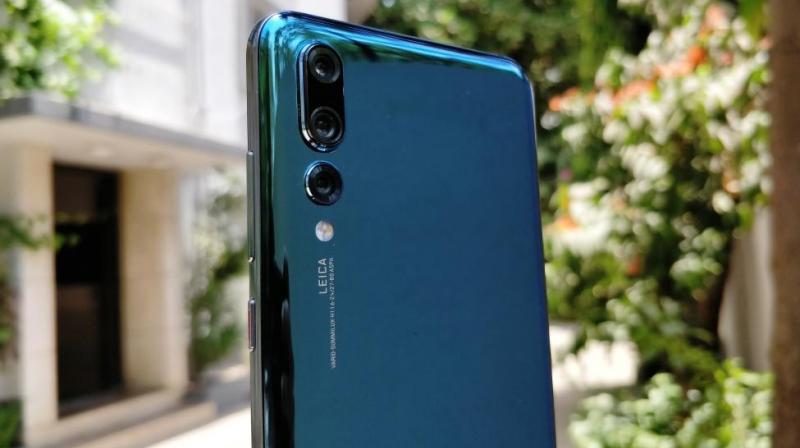
When it comes to high-end flagship smartphones, there are a just a handful of brands that prove themselves to be the trendsetter each year — Apple, Samsung, Google are the first ones that come to mind. Anything fancy that carries one of these brands' logo is simply accepted to be one of the best. However, in a market that’s highly competitive, the emergence of new players, especially from the Chinese markets, has shown that flagship smartphones can be offered in several flavours — some with an extremely affordable price and others with new revolutionary features. Huawei belongs to the latter and has proven the theory once again with their latest flagship, the P20 Pro.
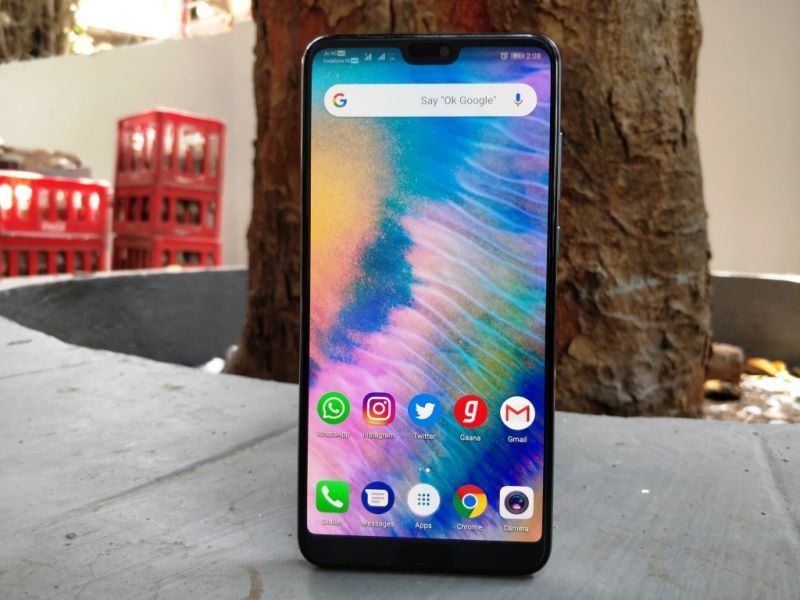
If you live and breathe tech, then you must be curious about the Huawei P20 Pro’s triple camera system — a world’s first trio camera on a smartphone. Huawei has stuffed in a whopping 40MP camera with a huge 1/1.7-inch sensor, accompanied by a 20MP monochrome sensor and an 8MP telephoto sensor, capturing the light in tandem. Therefore, even before you pick it up, you know that this guy can see things unlike any smartphone to date. However, a smartphone is more than simply great cameras, especially when you consider its asking price at Rs 64,999. Therefore, should you spend an iPhone 8 Plus equivalent money on something that focuses completely on a few unique features? Well, the answer is a mixed-review of what Huawei's P20 Pro has to offer. So let's begin with the most talked about feature.
Camera:
The primary reason you are reading this piece is because of the claimed camera performance, which is why we should speak about it first. As mentioned earlier, the P20 Pro rear camera setup consists of a Leica three-sensor combo. There’s a primary 40MP RGB sensor with an aperture of f/1.8 and a focal length of 28mm. The primary sensor measures around 1/1.7-inches — presently the biggest sensor you can find on a smartphone to date. Then there’s a secondary 20MP monochrome sensor with a f/1.6 aperture and 28mm focal length. The third 8MP telephoto lens has an aperture of f/2.4 and a focal length of 80mm. At first glance then, it seems that Huawei wanted to combine all the present dual camera technologies into its flagship model to leave no stone unturned for an unprecedented lead over its rivals.
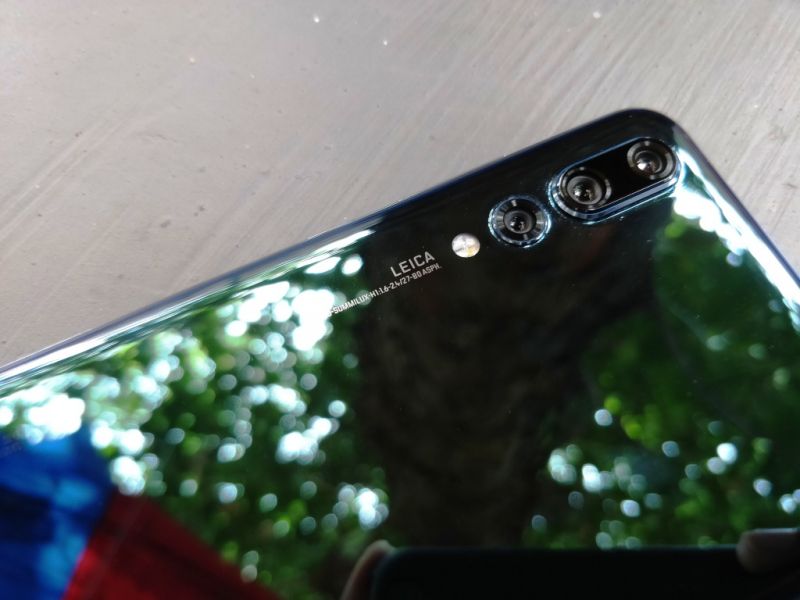
Officially revealed, the telephoto sensor is the only one that supports Optical Image Stabilisation (OIS). However, iFixit’s teardown revealed that all the three cameras have OIS tech built in. To help the other sensors take stable photos, Huawei has forged something by the name of Artificial Image Stabilisation (AIS), which relies on Huawei’s own AI system. While we are on the subject of zoom, the P20 Pro offers optical zoom capabilities of up to 5x, using the combination of the three lenses.
The camera is set by default to the zoom mode, which allows you to alter the zoom levels. However, in the zoom mode, the P20 Pro churns out photos with a maximum resolution of 10MP. The famed 40MP output is limited to a different mode, which doesn’t allow any zoom. However, don’t take it for granted that the 40MP can do the best out there. You can take great large photos, but when you crop to the portion you preferably need, the details are noticeably lower than the 10MP's zoom mode. That's because, in the zoom mode, the P20 Pro relies on Pixel Binning — a technology that uses only a fourth of the sensor, but combines the rest of the pixels to capture more light, which results in incredibly detailed photos. Therefore, whether you are shooting photos you are in motion, capturing scenery or clicking night shots, the P20 Pro’s photos manage oodles of details with ease. The bigger sensor also has a remarkably good dynamic range and contrast levels. The 4D focus aids faster autofocus, but falters when you are shooting from behind a glass window — a drawback of the laser autofocus sensor which hinders the efficiency because it detects a shorter distance. Nonetheless, the photos turn out to be really good looking.
 A 40MP shot without zoom.
A 40MP shot without zoom.
 A cropped portion of the above 40MP shot.
A cropped portion of the above 40MP shot.
 A shot using 5x hybrid zoom mode with the 10MP camera. Note that you can read markings on the airliner with better details as compared to what the larger 40MP sensor did.
A shot using 5x hybrid zoom mode with the 10MP camera. Note that you can read markings on the airliner with better details as compared to what the larger 40MP sensor did.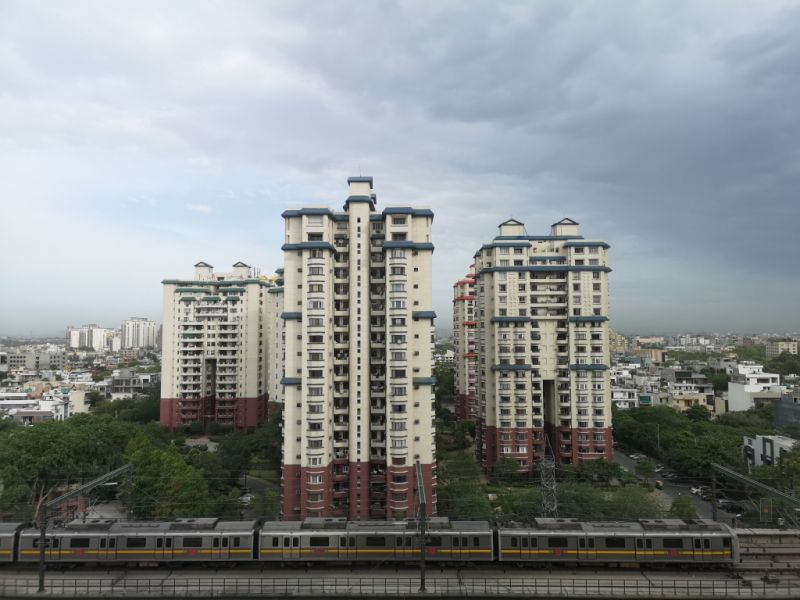
 10MP shot with 1x zoom.
10MP shot with 1x zoom.
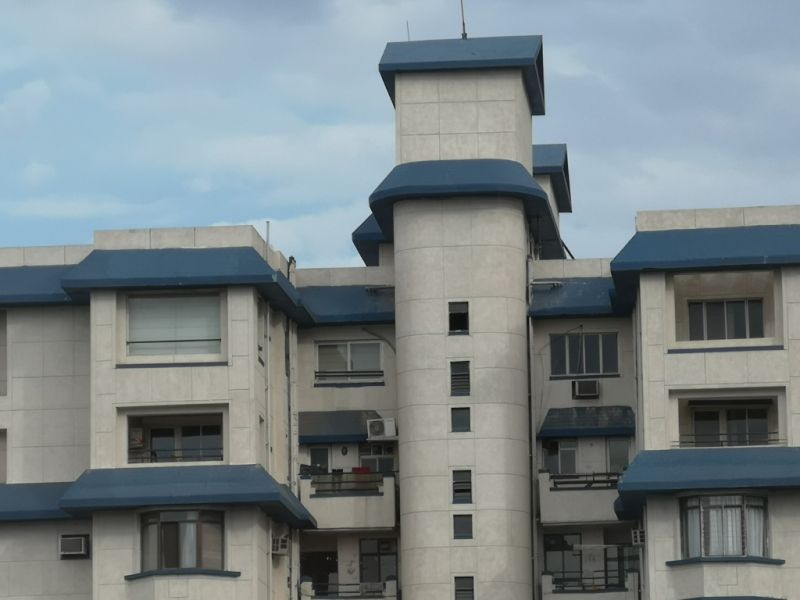 10MP shot with 3x zoom.
10MP shot with 3x zoom.
 10MP shot with 5x hybrid zoom.
10MP shot with 5x hybrid zoom.
The three sensors are mostly working in tandem to produce the best results possible from the hardware. For example, when you are zooming in on a subject, the primary RGB sensor works with the telephoto lens to offer up to 5x zoom. The portrait mode also uses all the sensors to give out the best possible result, which in our opinion is still short of the Pixel 2 XL’s flawless portraits — the distinction between the foreground and the background isn’t as perfect in certain scenarios.
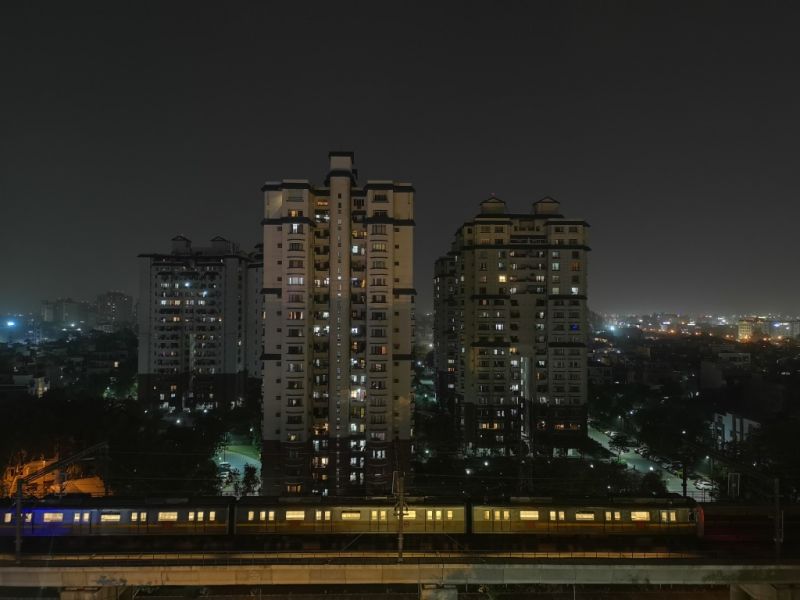 Shot in Night Mode with Shutter speed set to Auto. Note the abundance of details and impressive noise control.
Shot in Night Mode with Shutter speed set to Auto. Note the abundance of details and impressive noise control.
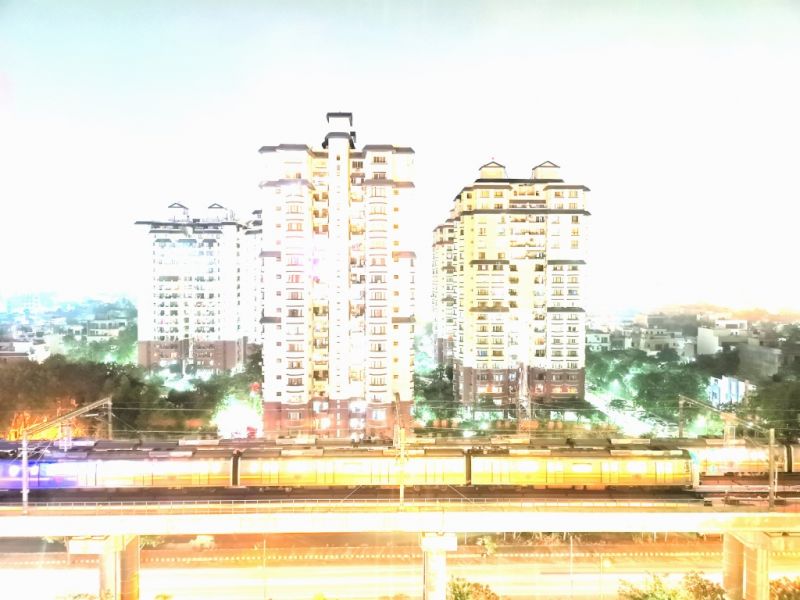 Shot in Night Mode with the shutter speed set to max. Even with an abundance of light, there's limited loss in sharpness and details.
Shot in Night Mode with the shutter speed set to max. Even with an abundance of light, there's limited loss in sharpness and details.
The Night Mode is good for shooting buildings or cityscapes in the dark, and works by bumping up the ISO while using the software to iron out unwanted noise. However, the artificially treated photos look like oil paintings when compared to the ones taken from a Pixel 2. Nevertheless, it still does a remarkable job in low light.
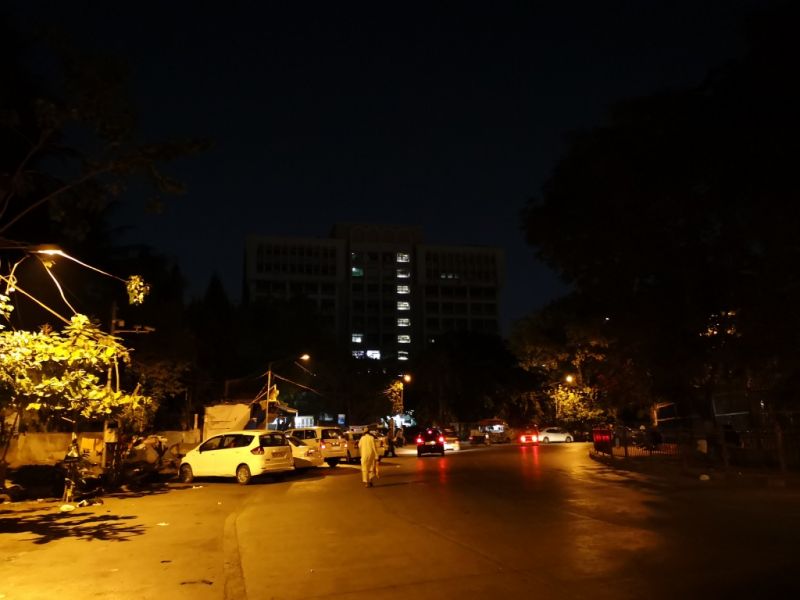
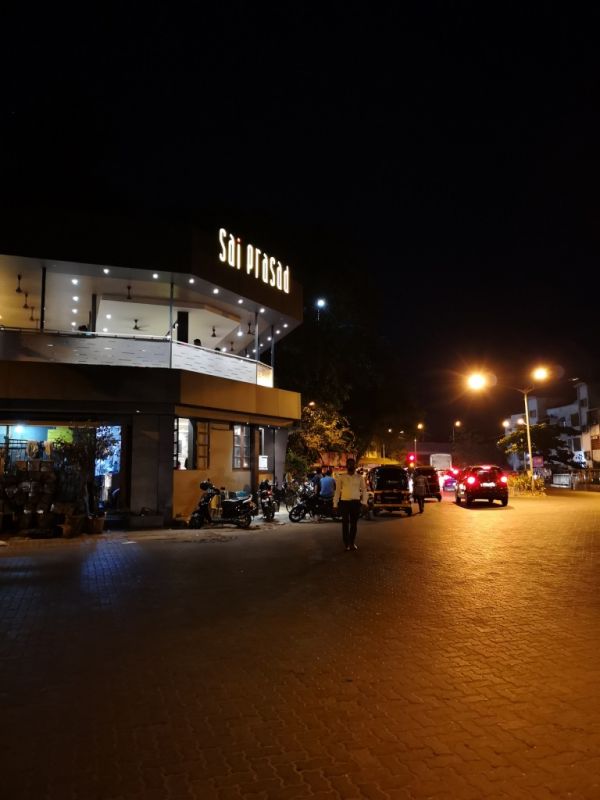
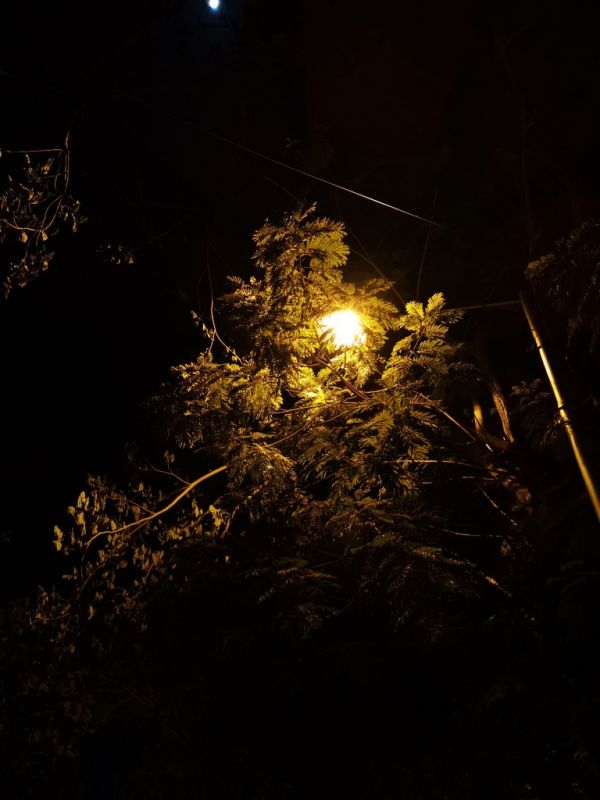

Huawei boasts about infusing AI into the camera for the P20 Pro’s exceptional photo quality. There’s a dedicated option in the camera settings for enabling an AI mode, which uses the Neural Processing Unit (NPU) on the P20 Pro’s chip to detect scenes automatically. It then chooses the respective mode that will capture the scene in the best settings tuned for the frame. For those who don’t like fiddling with camera settings, the AI is best left turned on. For most of the times, it works like magic — it identifies trees, skies, food, pets, flowers and many more objects and adjusts the camera parameters accordingly to give you the best photos. However, those who prefer natural colours might find the AI corrected photos to showcase oversaturated colours, which can be tackled only by switching the AI off. It depends completely on your preference whether you want the AI or not.
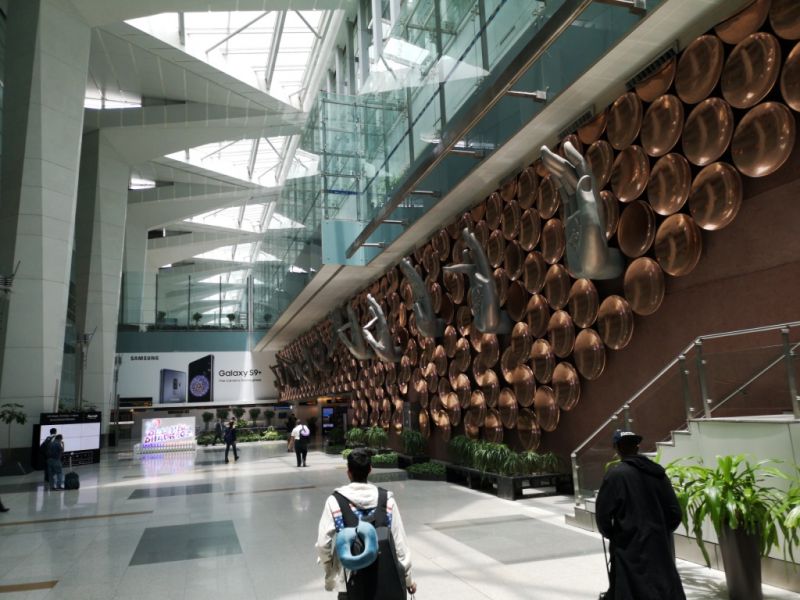
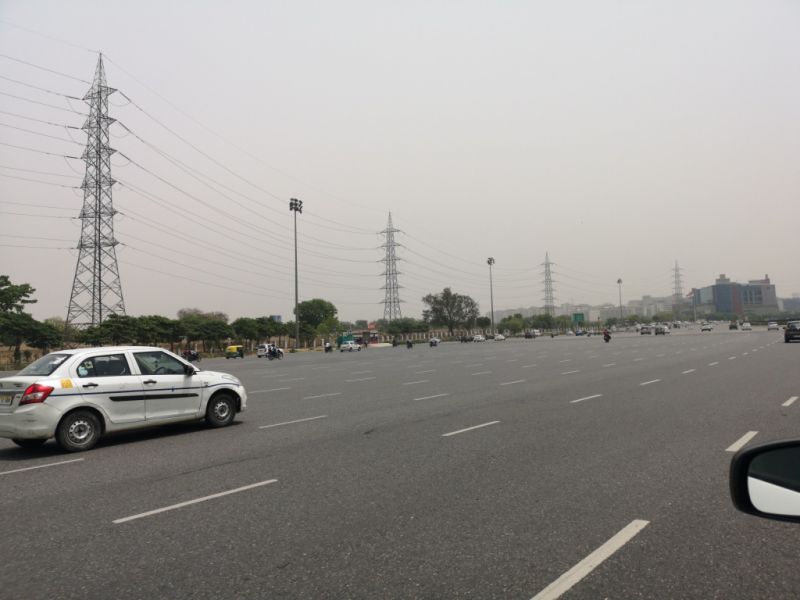

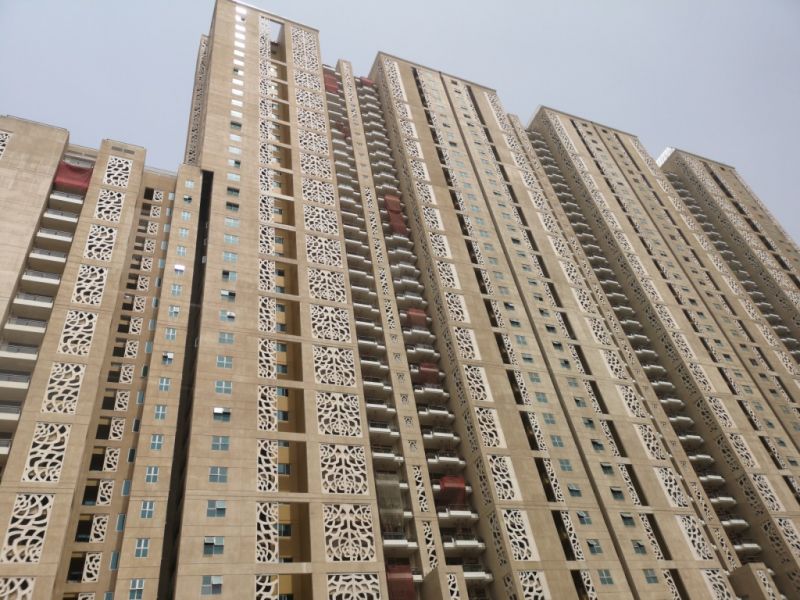

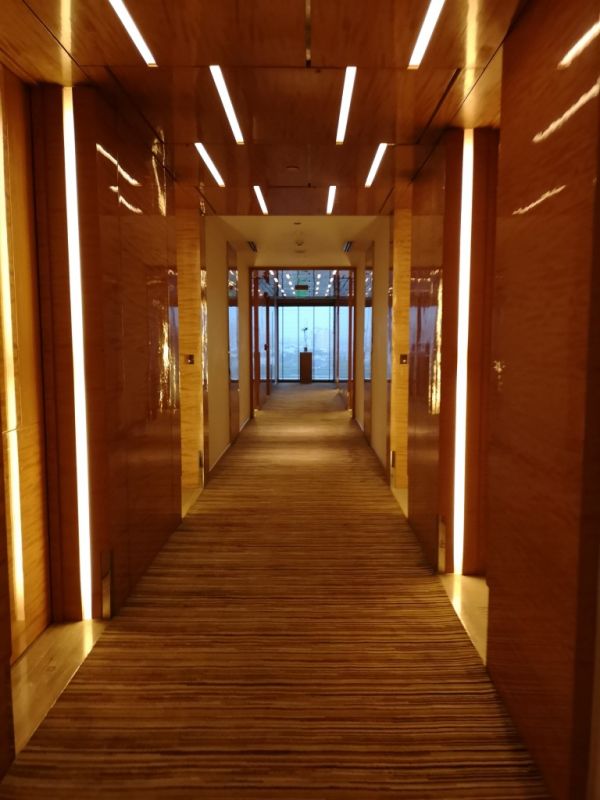
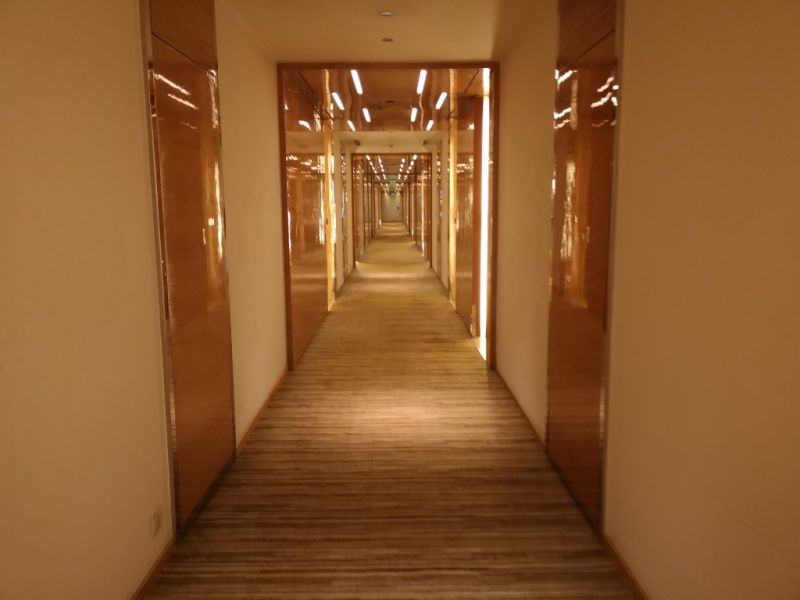
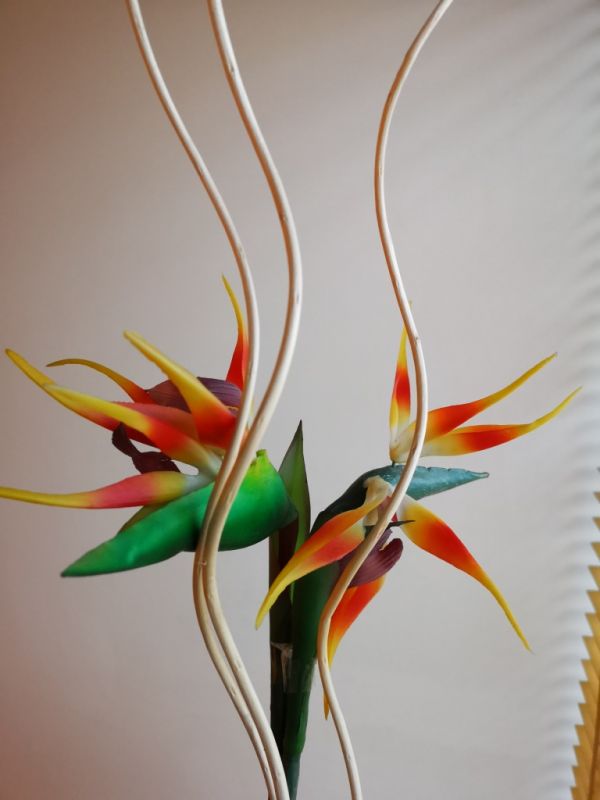
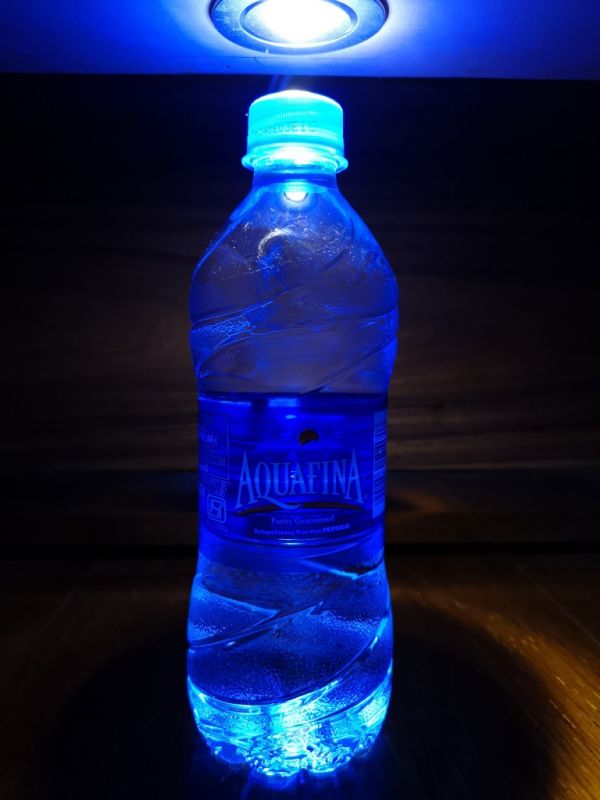
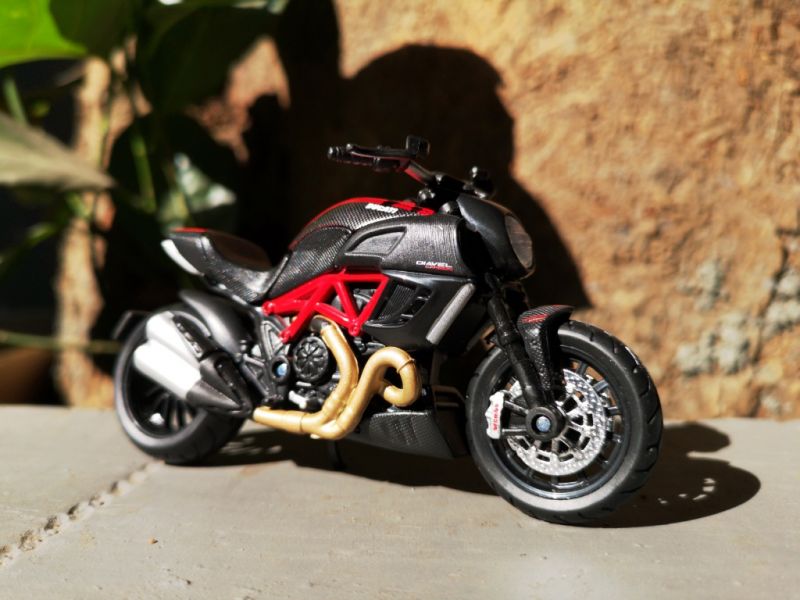
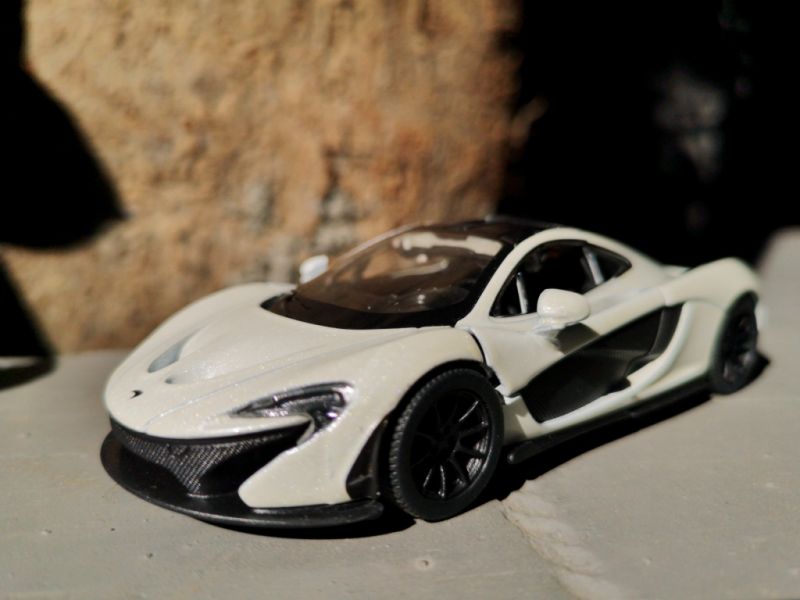
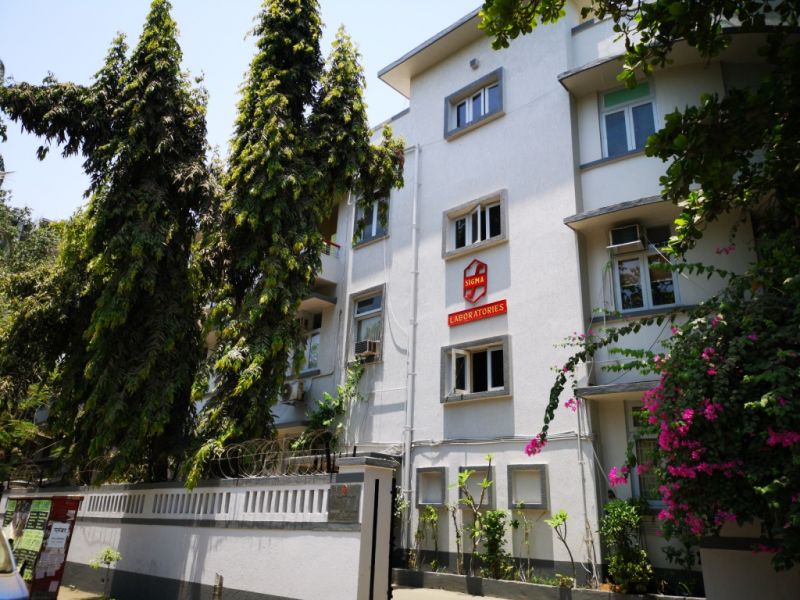


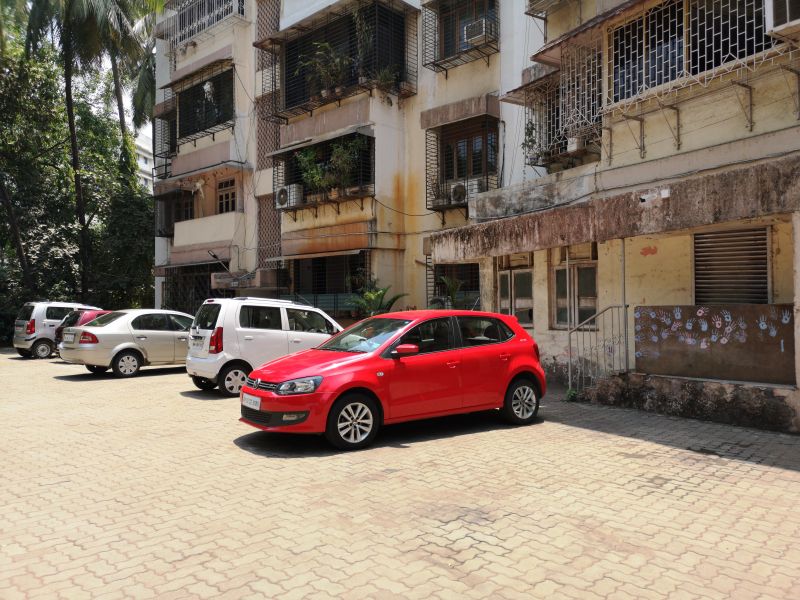

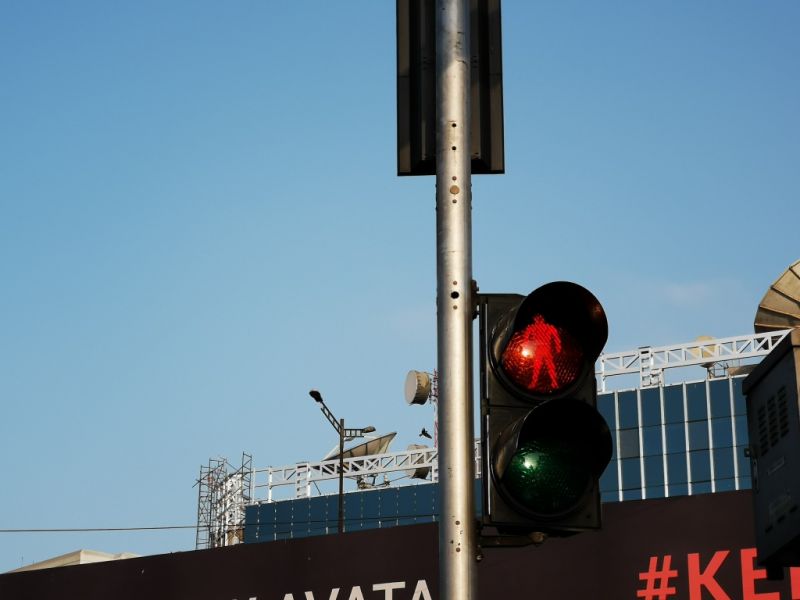
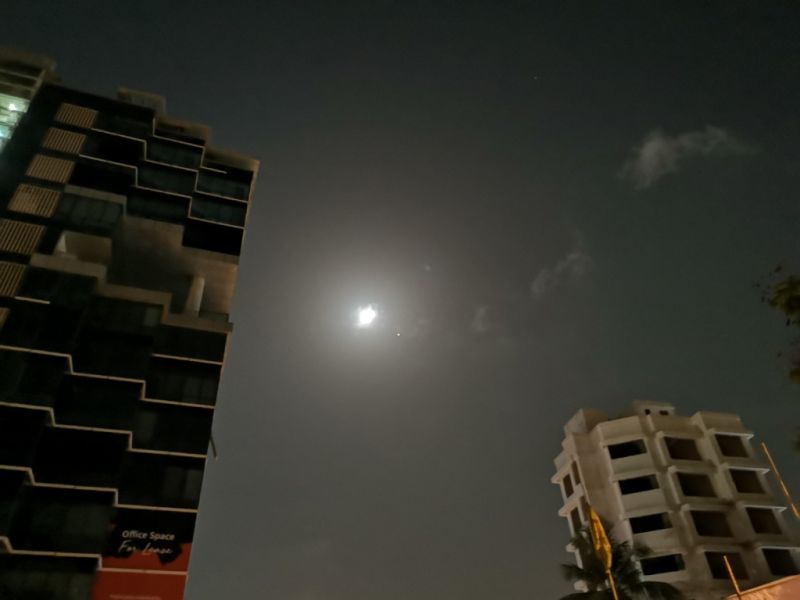
The front camera is a 24MP unit, neatly tucked in the notch. It snaps great looking selfies, albeit with enhanced brightness and an always-on AI-assisted beauty mode. The NPU is employed here to snap portrait selfies, which looks good for the most of the times, but falters occasionally with the distinction between the subject and the background.
 Selfies carry decent amount of details and vibrant colours.
Selfies carry decent amount of details and vibrant colours.
 The studio lighting isn't on par with that of Apple's iPhone X.
The studio lighting isn't on par with that of Apple's iPhone X.
When it comes to videos, the P20 Pro can shoot up to 4K at 30fps. If you want 60fps clips, you will have to limit the video resolution to full HD. The videos exhibit good colours and contrasts, with the OIS+AIS combo working well to keep the shots stable. There's also an AI-assisted focus which helps keep the focus continuously on the subject, in high speeds, making sure you don't lose sharpness or focus on the scene.
The ultra slow motion 960fps mode limits the video resolution to 720p, similar to the Samsung Galaxy S9. And just like the Samsung flagship, this one is tricky too and you have to patiently wait to get the exact moment of the shot. We found that tapping the shutter button immediately to get the slomo shot gives the perfect result. A fraction of a second delay in hitting that button will end up in a wasted footage. However, the 960fps video on the P20 Pro looks better when compared to a similar shot taken from the Galaxy S9.
To sum up the rear camera's performance, Huawei has built something that can finally challenge the Pixel 2’s camera. Good job Huawei and Leica. But we do have a point to speak here — if compared to the performance of the Pixel 2, we would still give the Google phone a thumbs up simply because what the P20 does with three cameras, Google does almost similar with just a single sensor.
Design, Build:
Along with an exceptional set of three cameras, the P20 Pro is a smartphone that proudly flaunts its bold design language. The Internet is going gaga over the multi-shade Twilight colour; however, India will sadly get the single-tone blue variant. That said, the P20 Pro is a beautifully built smartphone — full stop! The perfectly crafted glass and metal body with suave curves towards the edges and the impeccably finished buttons provide you with a satisfactory experience that one would expect from a device on levels of the major brands' flagships. In fact, put them together and the P20 Pro seems to have taken some inspiration from the rivals. The Huawei and Leica branding aligned vertically on the edge, alongside the camera, definitely makes it look classy. The rear panel is made of Gorilla Glass 5, which should offer sufficient resistance to scratches, but will be prone to shattering in the event of a drop. We were glad to know that Huawei is supplying a silicon case with the unit; however, the case will ruin the look and feel of the premium build. Nevertheless, the case will protect your smartphone and add to that extra grip, especially if you have butter fingers.
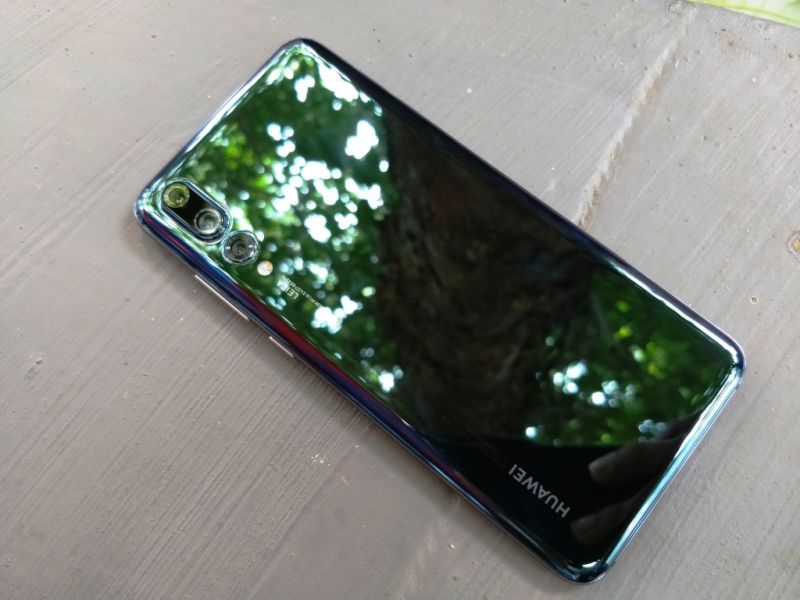
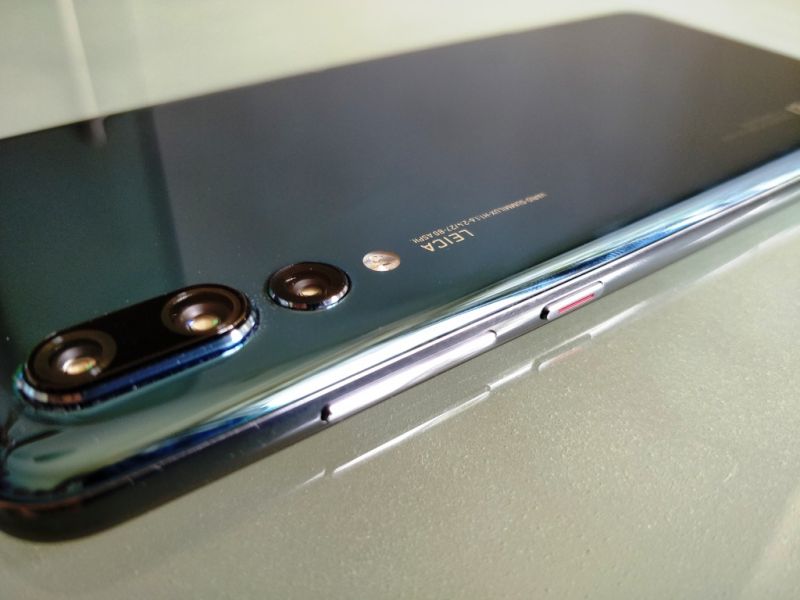
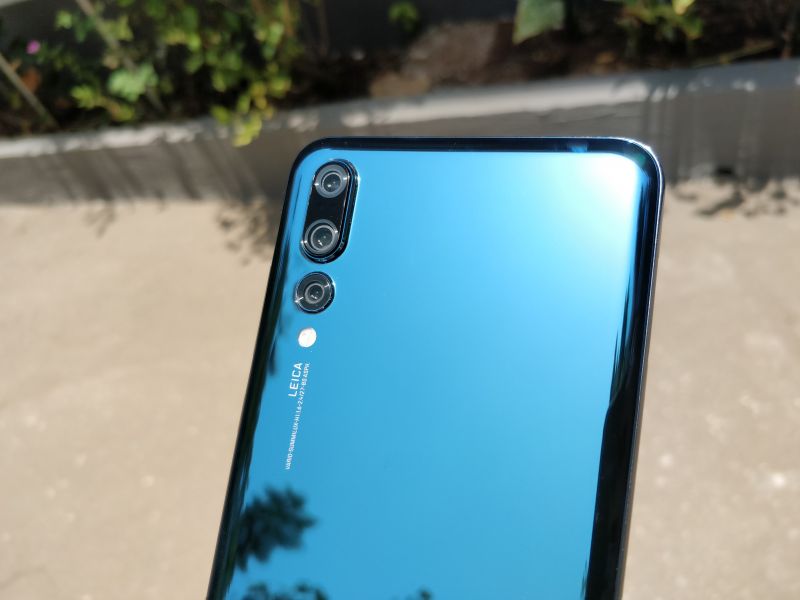
The front though garners mixed reactions with an almost edgeless display with a notch (housing the camera, earpiece and sensors) that also sports a considerable-sized chin, mounting a capacitive fingerprint sensor. Some argue that Huawei could have pushed the chin further down and taken the fingerprint sensor to the rear panel. The chin does look odd, showcasing an old-style design. To please the notch critics, Huawei gives an option to hide the notch by blacking-out the area around the notch, and it does work, giving it a balanced proportion. Overall, the design works for most and certainly differentiates it from the conventional flagship design ethos.
Display:
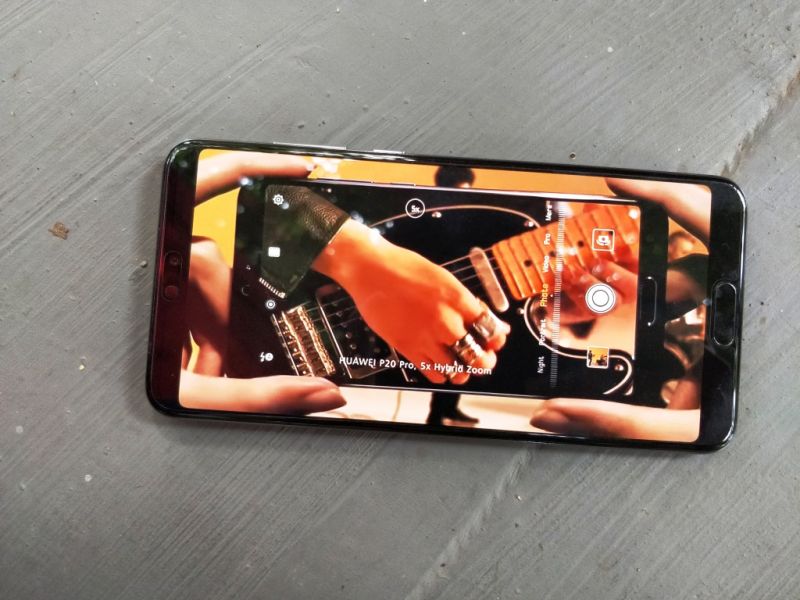
After the camera, the other notable feature of the P20 Pro is its display — a 6.1-inch AMOLED display with a screen-to-body ratio of 82 per cent. The display renders pictures at a resolution of 2240 x 1080 pixels in the aspect ratio of 18.7:9. Like all OLED panels, the one on the P20 Pro is really good at what it’s meant for. The pictures are rendered sharp with decent brightness levels. The colour tones are in fact pretty vibrant, which can be dialled down by opting out of the Vivid colour profile from the display settings. There’s also a colour temperature sensor that adjusts the colour tone of the display to adapt to ambient lighting — similar to iPhone 8 and X’s True Tone displays. The viewing angles are pretty good as well. However, as with most OLED panels, sunlight legibility isn’t that great.
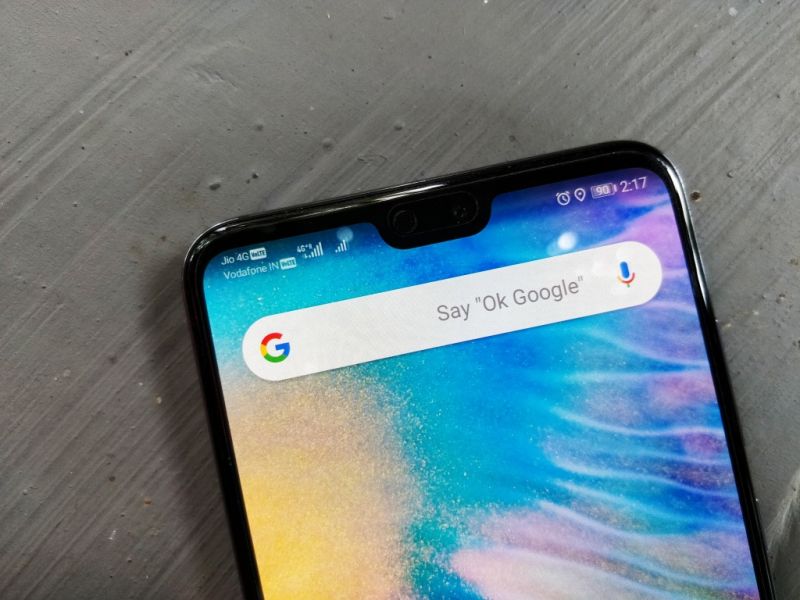 Display with notch enabled.
Display with notch enabled.
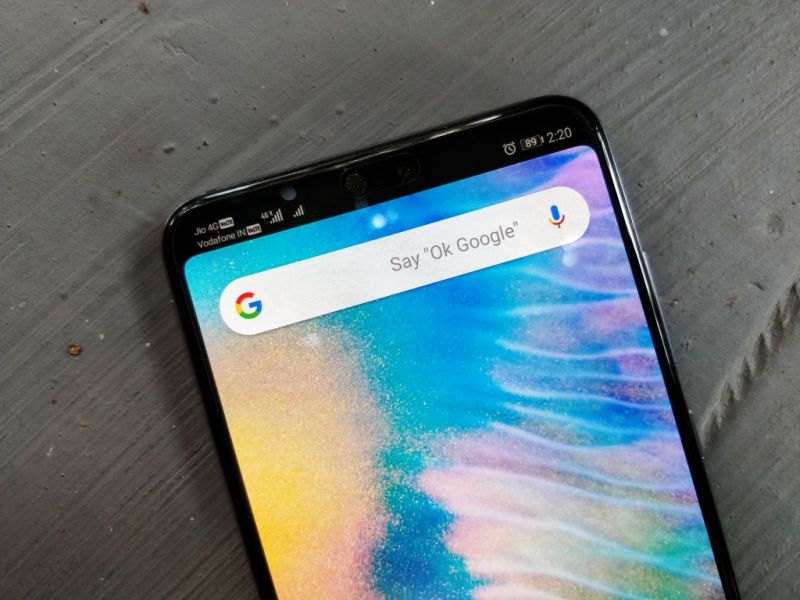 With notch disabled.
With notch disabled.
The area around the notch, or the notch bars, darken up so that it doesn’t hog space while watching videos — a thoughtful touch. Since Android Oreo isn’t optimised properly for a display with a notch, most apps play foul with it either by hiding certain content or blackening the notch bars completely. If you support the anti-notch group, then Huawei has something to please you — one can black-out the notch from the Settings, which darkens notch bars while retaining the notification bar elements. We will have to wait for Android P scheduled to launch later in the year, which will support the notch natively.
Performance:
With a flagship class smartphone, one expects nothing short of a beastly performance. With the P20 Pro, Huawei has ensured that the norm stays that way. Inside, there’s Huawei’s home-brewed HiSilicon Kirin 970 chipset with an octa-core processor and a 12-core Mali-G72 GPU. To help run the sideshow, there’s a generous 6GB of RAM onboard. We had seen the Kirin 970 in the Honor View 10 and were impressed with its superior performance, especially with a dedicated hardware handling all the AI stuff.
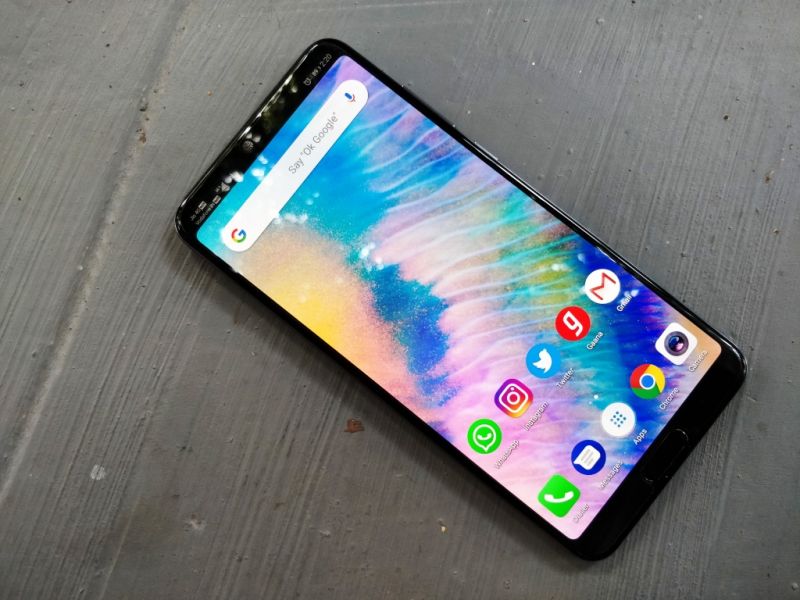
Like most new Honor handsets, the P20 Pro uses the same custom EMUI 8.1 OS, which is based on Android 8.1 Oreo. If you prefer a clean, simplistic interface on your phone, then EMUI isn’t for you — it’s heavily customised and strewn with bloatware all around. Most flagship Android smartphones from the stables of Samsung, HTC, Xiaomi and OnePlus offer a customised OS experience, but Huawei takes it to another level with EMUI.
For most basic apps that Google bundles along with Android, Huawei has its own take on them. There’s AppGallery for downloading new third-party apps, an Email for checking out emails, Gallery for keeping a check on all photos, Music for playing songs and Weather for keeping a tab on all weather-related info. For all these apps, there’s a Google alternative, all of which are unarguably better, and we still see no point in having duplicates here. Additionally, if you have keen eyes, then you can’t ignore the similarities between EMUI and iOS — from icons to the Settings menu, it’s a very iOS-like affair — an almost identical copy if you ask. Sadly, they could not copy the active clock icon from Apple, which shows the real time on the icon itself. PSST: Xiaomi has managed to copy that in MIUI. The cluttered UI made us resort to a third-party launcher that offered a near stock Android-like interface.
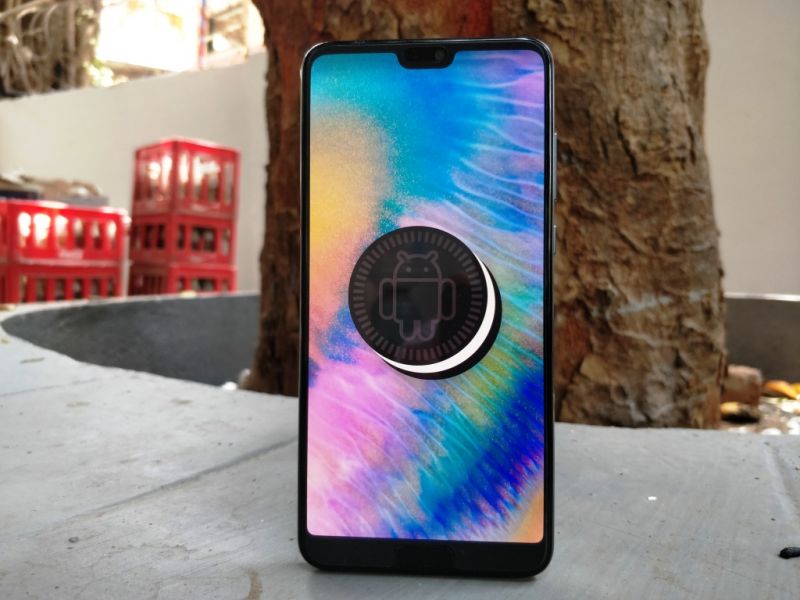
However, for all of its undesirable bloat and nasty interface, the P20 Pro makes us happy with its beastly performance. Huawei has done a great job of optimising the UI for its custom hardware and it definitely shows — apps open fast and there’s almost zero lag all around. Multitasking between apps and even casual games is just effortless. Even with resource-intensive games, the P20 Pro is at home. Whether you are racing through forests in Asphalt 8 or wrecking havoc with your teammates in PUBG, the P20 Pro won't break a sweat.
Huawei offers multiple navigation modes on the P20 Pro — you can either choose to have the old-school buttons or have a pill-shaped bar that requires gestures, or use the fingerprint sensor’s as a gesture controller. We preferred the last one as it liberated a judicial amount of usable space on the display.
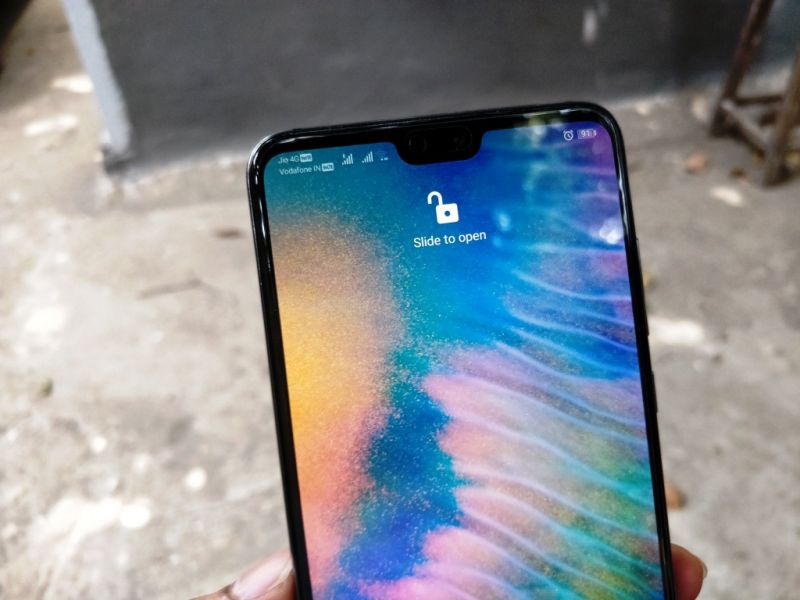
One feature that deserves mention is the Face Unlock. Facial recognition verification is now a must-have feature these days, even for budget smartphones. Until now, OnePlus had the honour of claiming the fastest, if not the most secure, system in the business. The P20 Pro creeps in very close on OnePlus’ heels with its face unlocking system. It’s still not an iPhone X-like secure system with dedicated hardware, but it works as good as the OnePlus 5T’s system, albeit a few milliseconds slower. Even in low-light conditions, the phone succeeds most of the time by gradually brightening the lock screen display, provided you are using a bright wallpaper. Additionally, the iPhone X-like animation gives a nice touch to it.
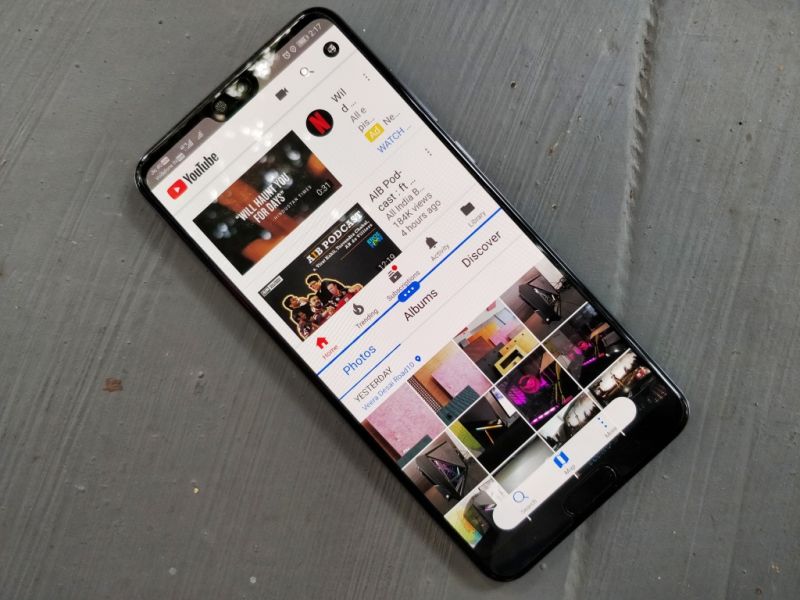
Another notable feature that every smartphone should include as standard is the inclusion of stereo speakers. The bottom firing speaker is really loud and clear, and so is the earpiece that acts as the second speaker. Therefore, short YouTube sessions don’t necessarily require plugging in the headphones or external speakers. Speaking of headphones, the bundled USB-C earphones, which resemble Apple’s EarPods, sound reasonably good. They have substantial bass and a good volume level too. However, if you want superior audio performance, or want to hold on to your existing 3.5mm headphones, Huawei has bundled a USB-C to 3.5mm converter along.

Huawei seems to have also followed Samsung with respect to the Dex. A desktop-like interface is present in the EMUI, which can be made practical by simply plugging in a simple hardware dongle. Similar to Samsung's DeX, A USB Type-C to HEMI/USB dongle does the trick and can convert your smartphone into a desktop PC within seconds. Once plugged in, the P20 Pro opens up a desktop-like interface of EMUI, complete with a taskbar and apps opening in their own respective windows — just like Linux or a Windows desktop. It's good enough for those who depend on their smartphone for most desktop activities such as typing lengthy documents and catching on with the latest movies.
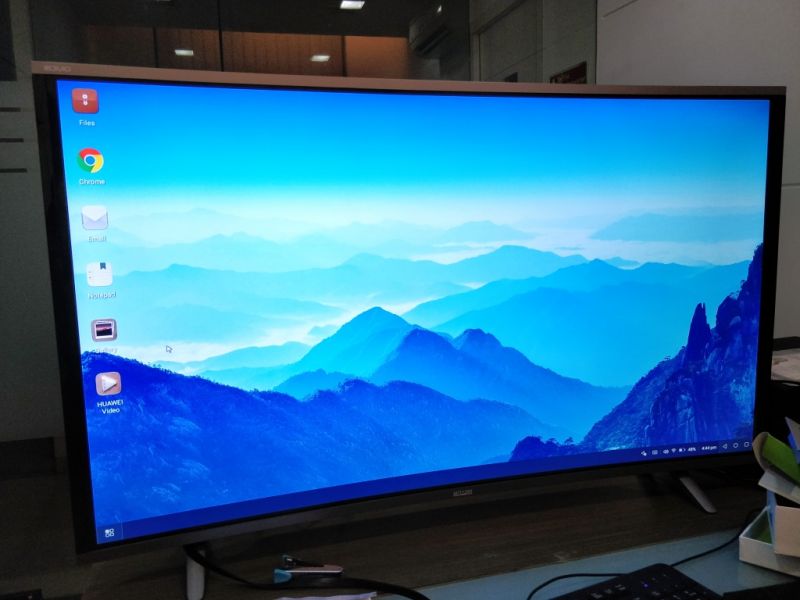
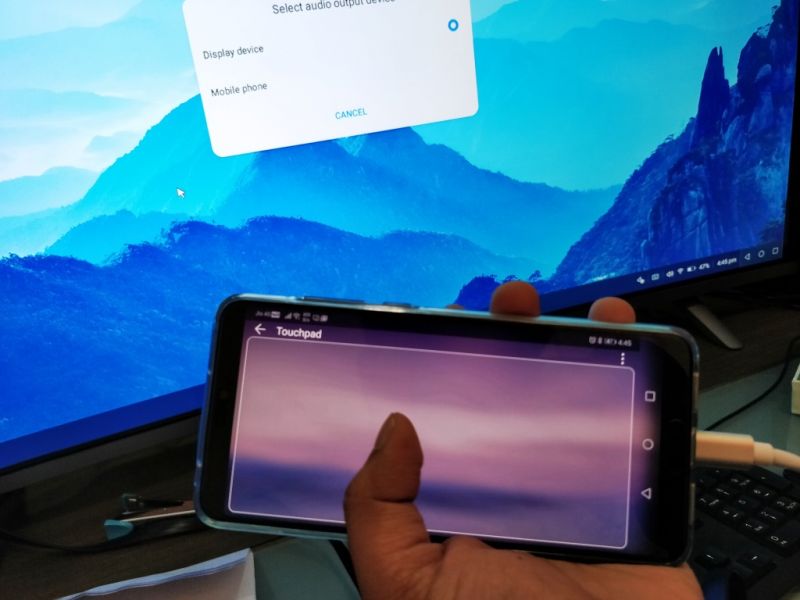
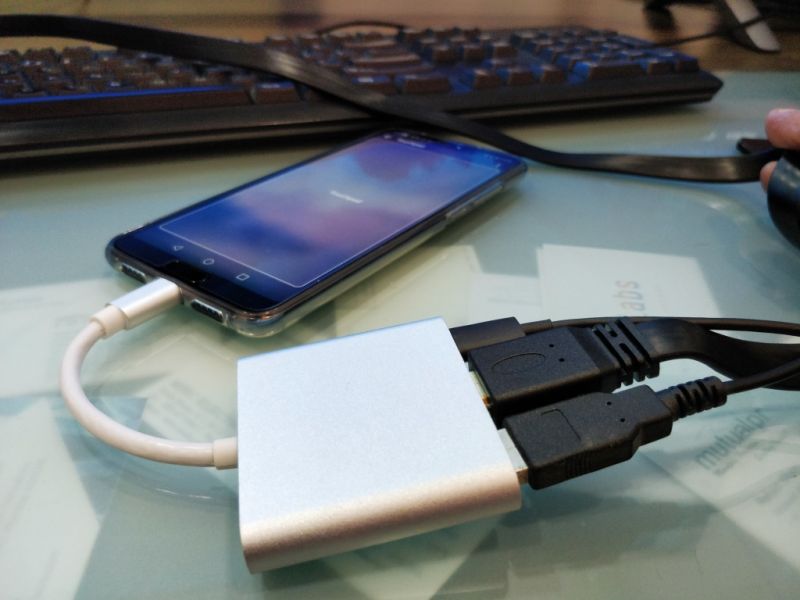
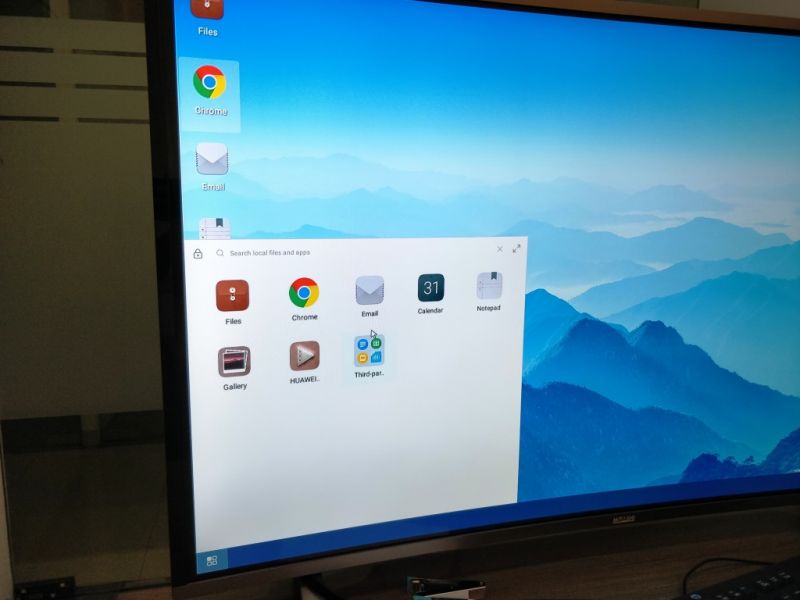
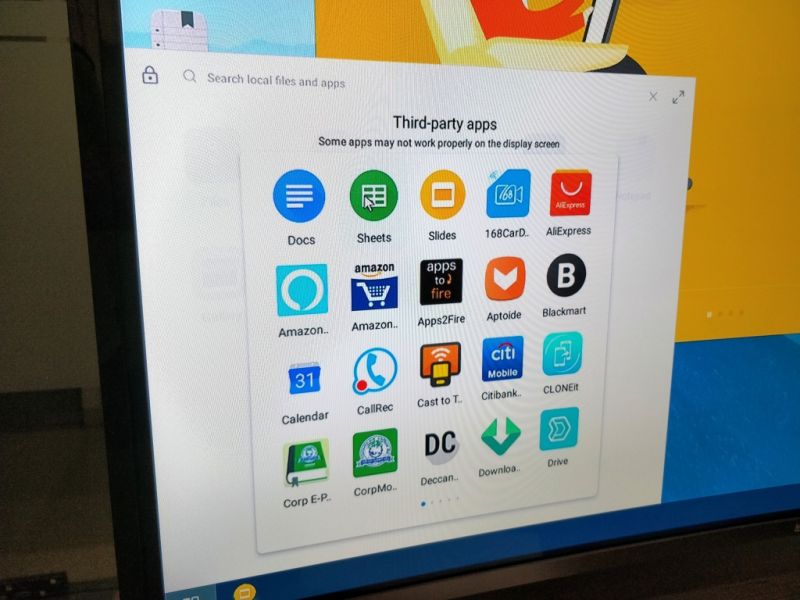
The best part here is that you don't really need a mouse or keyboard too. The phone's display can be used as a touchpad and the onscreen keyboard on the phone can be used for keying in basic stuff. But if you have a USB or BT mouse-keyboard combo, you will be happier. And the best part is that even when using the desktop mode on the large display, you can still use the smartphone for other things such as chatting, videos, gaming or even calls.
Battery:
This is where Huawei has played it well, as well. The P20 Pro is the only premium flagship smartphone in the world to sport a large 4000mAh battery — rivals from Samsung or Apple have come close, but not to this mark as yet. What’s commendable is that they have managed to pack in such a huge battery within the slim chassis of the P20 Pro. However, you cannot extract a two-day battery life from the P20 Pro, which is still acceptable considering the powerful internals it features. Nevertheless, you can definitely use it the way a smartphone is meant to be used for one whole day with incessant texting, watching videos, shooting lots of photos and streaming music.
Conclusion:
The Huawei P20 Pro has a lot going for it as a daily-driver smartphone. It has a pair of exceptional cameras that tries to rub shoulders with DSLRs. It looks beautiful and is a joy to hold. The big 4000mAh battery ensures that you don’t have to hunt for the socket throughout the day and the audio department is sorted as well. All of it combines to offer a tempting deal at a price of Rs 64,990. Therefore, it's difficult not recommend the P20 Pro for those who prioritise the camera performance on their smartphone. However…the problem is the huge price that brushes above the Samsung and sits below the Apple flagships.
Consider the following: If you had to buy a supercar, you would straightway go to Ferrari or Lamborghini or McLaren. You wouldn’t choose something from an equally capable brand like BMW, Mercedes, Audi or Ford. Why? Simply because you demand brand value from your investment, which should draw eyeballs in the same way as ants are drawn to honey. It’s the same case with the P20 Pro, which belongs to the latter group. Huawei is known for making commendable smartphones and there’s no doubt about it. But, when you are considering a flagship smartphone, you would prefer the brand to the likes of Samsung, Apple or Google, if showing off is your thing. A Huawei flagship won’t offer you that 'show off' value, despite the P20 Pro being their best smartphone and most beautiful to date.
To sum it up, the Huawei P20 Pro is a great smartphone built for those who prefer exceptional DSLR-like photography performance from their smartphone. If you are not brand conscious and are content with a mediocre interface, then we certainly recommend you the Huawei P20 Pro for its notable performance in camera and battery. Do understand that the steep pricing demand is well justified to what it can offer.
Click on Deccan Chronicle Technology and Science for the latest news and reviews. Follow us on Facebook, Twitter.
(With inputs from Francis D'Sa, Editor, Technology)

